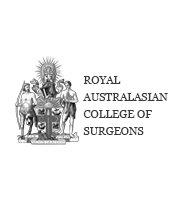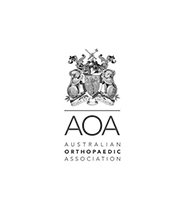Shoulder Dislocation
The shoulder is made up of a ball and a socket joint – the large ball-shaped head of the upper arm bone (humerus) articulates in the small socket of the glenoid cavity of the shoulder blade (scapula).
Causes of Shoulder Dislocation
The ball and socket provides excellent range of motion but predisposes to dislocation.
Trauma with overhead or contact sports and workplace injuries may tear the constraints holding the humerus on the glenoid, causing a dislocation.
Symptoms of Shoulder Dislocation?
A shoulder dislocation can be partial or complete with symptoms of:
- pain,
- weakness,
- numbness and stingers
- shoulder joint instability.
The dislocation generally indicates the constraints (ligaments) are torn or stretched. In addition there may also be tendons and/or nerve damage.
How is a Shoulder Dislocation Diagnosed?
A dislocated shoulder joint is diagnosed by history, physical examination and an X-ray.
Treatment Options for a Shoulder Dislocation?
Acute shoulder dislocations may reduce spontaneously or require ambulance officer or hospital reduction. Once reduced:
- the shoulder will be immobilized with a sling for several weeks. Rehabilitation exercises may be started to restore range of motion, once the pain has subsided.
- Acute surgical repair of torn ligaments, tendons or associated fractures may be considered in certain circumstances.
See shoulder instability for details regarding surgical reconstruction.





